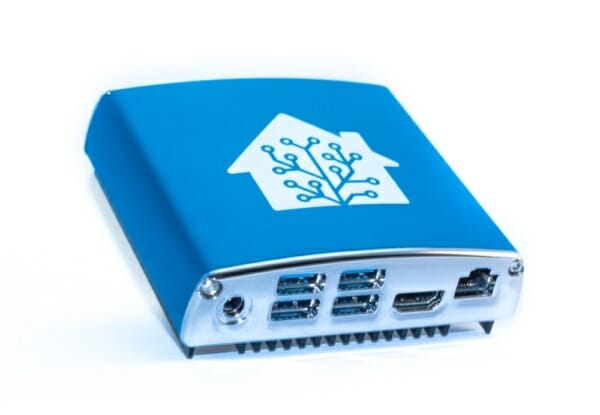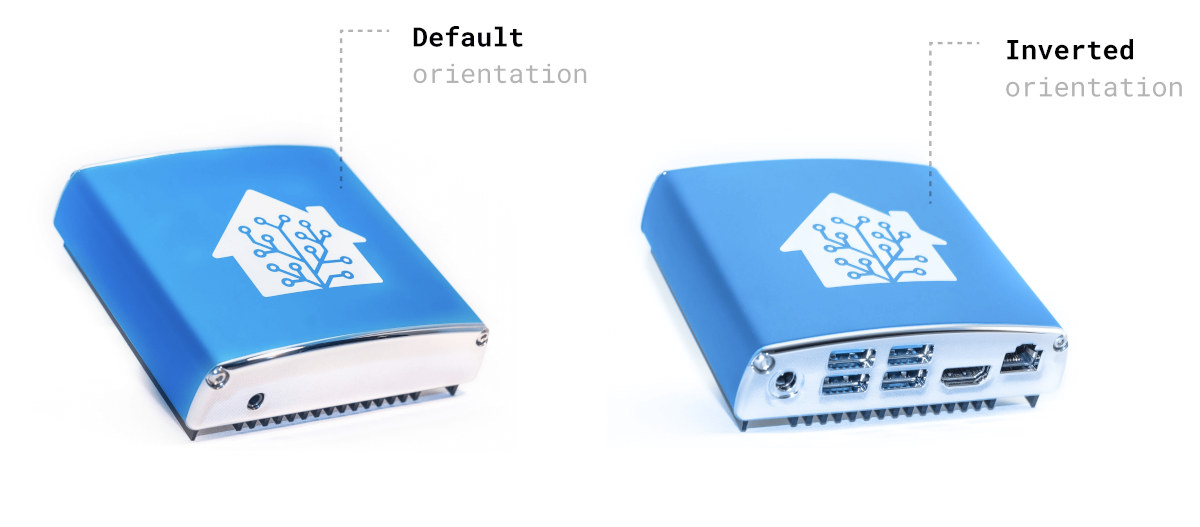
The goal is to make Home Assistant Blue a fully open-source platform with long-life support. The device was officially announced during the Home Assistant Conference 2020 held a couple of days ago.
Home Assistant Blue home automation gateway uses the 4GB DDR4 version of the Amlogic S922X SBC, ships with a 128GB eMMC flash module, and offers Gigabit Ethernet and four USB 3.0 ports.
As I understand it, the gateway will run the latest Home Assistant Core 2020.12 that was announced at the conference with a new feature called Blueprints defined as “pre-created automation with user-settable options”, as well as new neural voices for Nabu Casa Cloud TTS (Text-to-Speech), the ability to temporarily disable devices, and more. The release was initially thought to be named Home Assistant 1.0.0, as the beta version was called that way, but the developers changed to a new year and month based versioning schema instead of the semantic versioning used previously.

The device comes with a power supply and will be plug-n-play with Home Assistant pre-installed. Note the hardware is not equipped with any wireless module, but you’d be able to add Bluetooth, WiFi, Zigbee and/or Z-Wave through the USB ports. If you already own ODROID-N2+, you can obviously install the latest version of Home Assistant, and the developers confirmed Raspberry Pi will still be supported no change there.
Home Assistant Blue is sold for $140, but if you’d like to buy one right now, it will be a challenge as all available units were quickly snapped up, and Hardkernel is out of stock. Ameridroid appears to be out of stock too but is still taking pre-orders with shipping likely to occur next year. Remember you can always use CNXSUPP6 promo code to get $6 on orders over $100. People based in Europe may prefer to purchase the gateway from Webhallen. More information may be found on the official product page.
Thanks to Andreas for the tip

Jean-Luc started CNX Software in 2010 as a part-time endeavor, before quitting his job as a software engineering manager, and starting to write daily news, and reviews full time later in 2011.
Support CNX Software! Donate via cryptocurrencies, become a Patron on Patreon, or purchase goods on Amazon or Aliexpress




